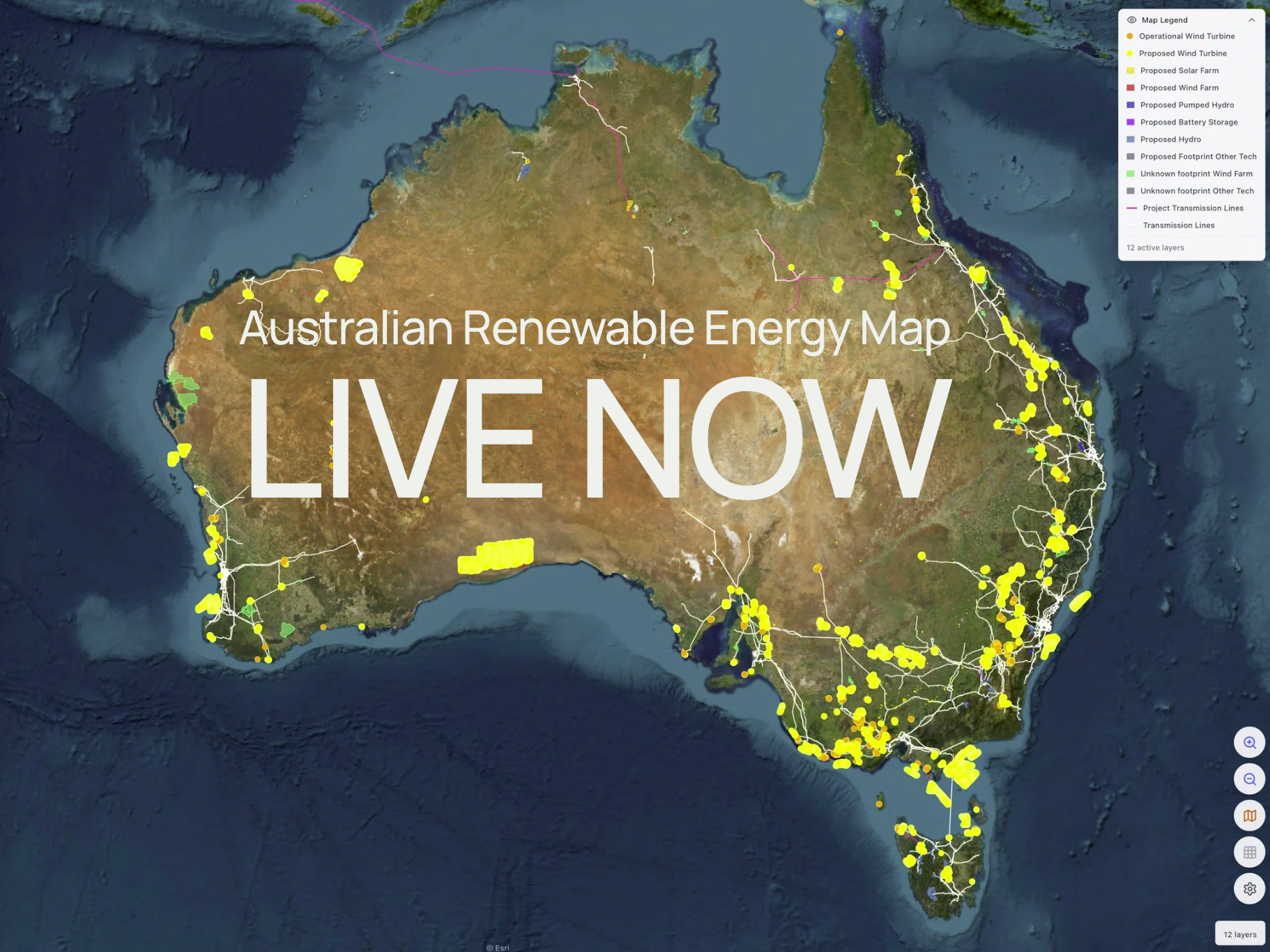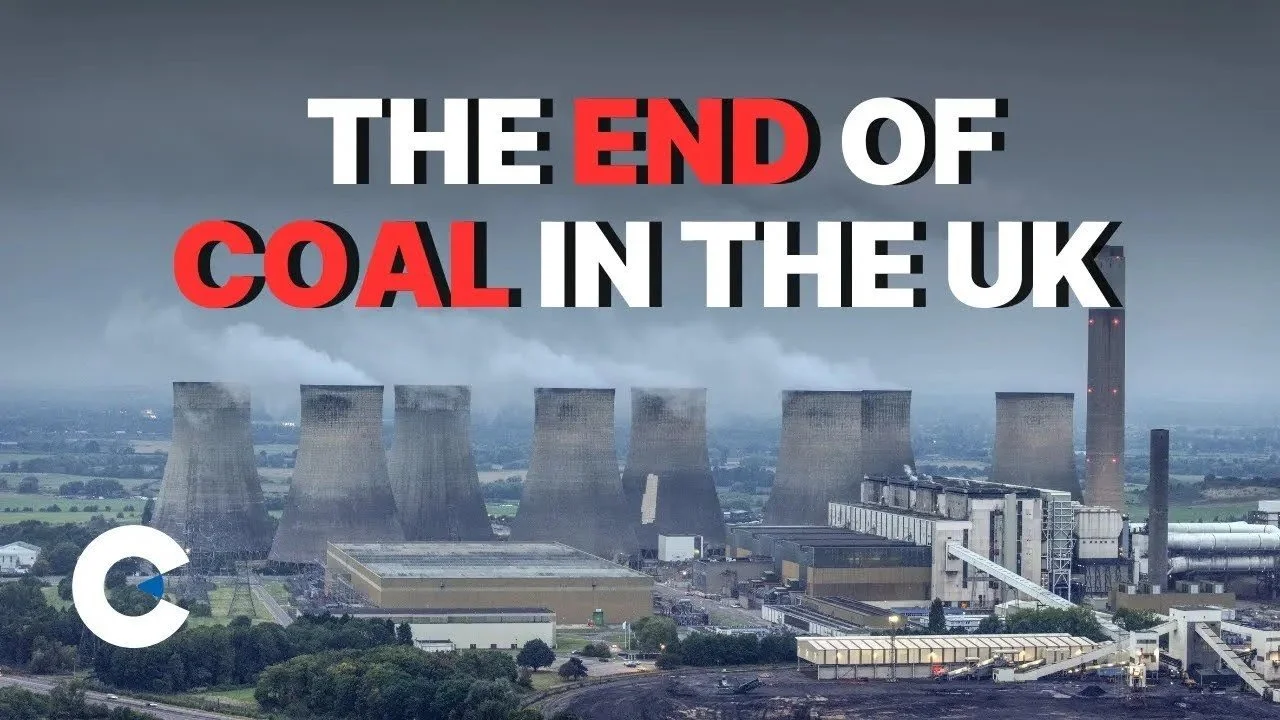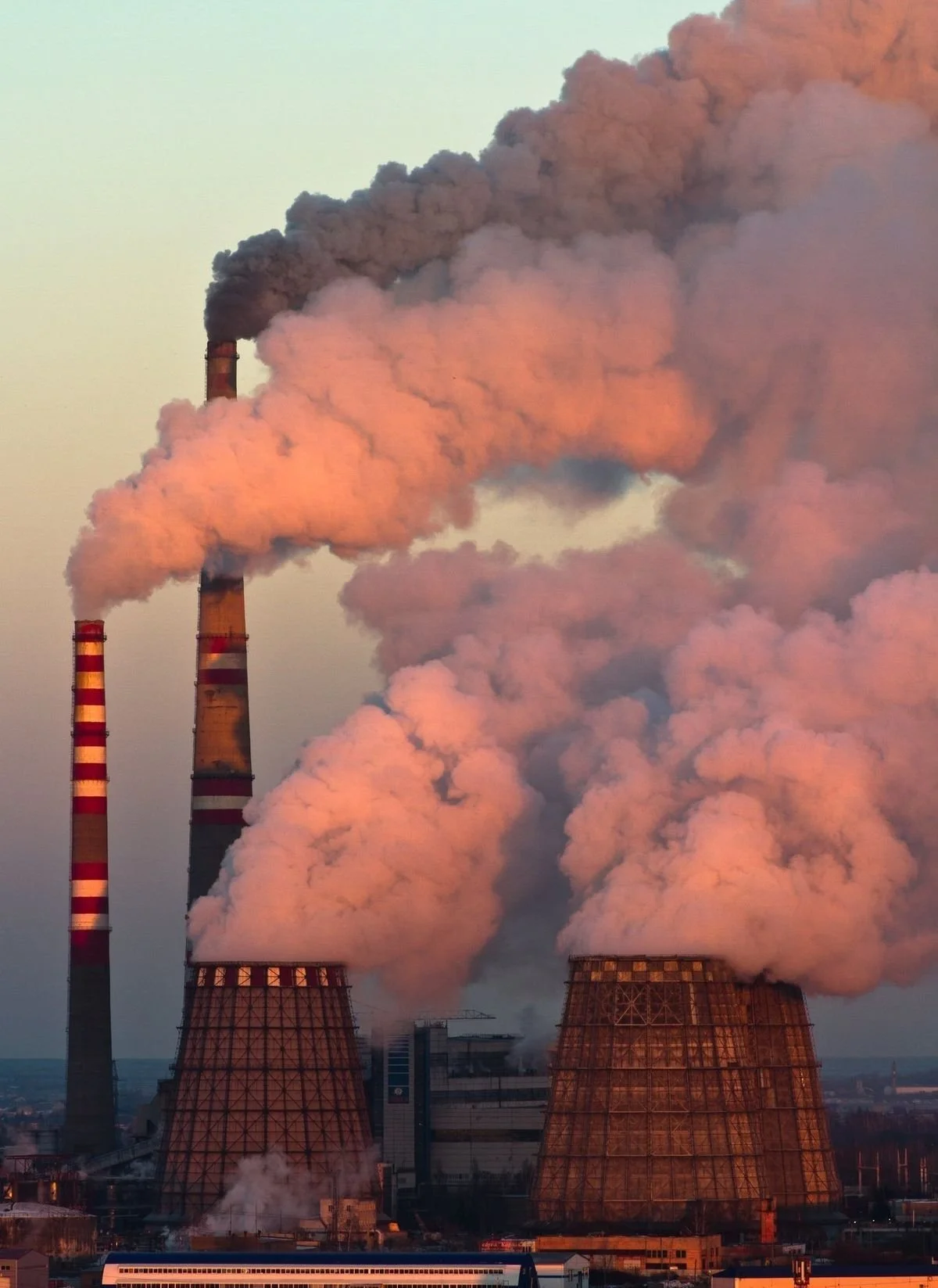Fact check: Are Renewables Really Transforming Australia’s Landscape?
A new “Rainforest Reserves” map, found here, has made headlines for claiming that Australia is undergoing the largest land-use transformation in its history due to renewable energy development. It’s a dramatic statement that taps into a growing sense of unease about the energy transition. But as WWF-Australia’s recent Senate Inquiry on Information Integrity in Climate and Energy makes clear, the claim doesn’t stand up to scrutiny (WWF-Australia, 2025).
What the numbers actually show
Even if every proposed solar and wind project across Australia were built, including those not yet approved or likely to proceed, they would occupy around 474,000 hectares over a decade. That’s just 0.06% of Australia’s landmass, most of it existing farmland where livestock and crops continue to thrive alongside turbines and panels.
By contrast, Queensland alone cleared 332,000 hectares for agriculture in 2022–23 (Queensland Government, 2025). Over five years, more than 1.6 million hectares of land were cleared for agriculture, nearly four times the projected footprint of all proposed renewable projects nationwide.
In other words, the supposed “land transformation” attributed to renewables represents a fraction of the environmental footprint of traditional land uses.
Mapping misinformation
WWF’s submission to the Senate Inquiry outlines how deliberate disinformation campaigns are undermining public trust and delaying climate progress. False or exaggerated claims such as “one-third of farmland sacrificed for net zero” or “renewables destroying koala habitat” are being amplified through media outlets, social channels and political commentary to stoke fear and resistance (WWF-Australia, 2025).
WWF found that these narratives often originate from fossil fuel–aligned organisations and think tanks, using selective data, emotive framing and misleading visuals to distort public perception of the clean energy transition (WWF-Australia, 2025). These narratives are turning complex environmental debates into identity-driven conflicts, slowing down projects that are crucial for cutting emissions and protecting ecosystems.
Image source: Rainforest Reserves, 2025.
How WWF suggests moving forward
To rebuild public trust and restore confidence in Australia’s energy transition, WWF recommends:
Better communication through government-led climate literacy campaigns and proactive fact-checking to counter falsehoods.
Local Energy Hubs to give regional communities access to independent, place-based advice.
Stronger environmental laws through reforms to the Environment Protection and Biodiversity Conservation Act 1999 and the creation of national standards for project siting and oversight (WWF-Australia, 2025)
These measures, combined with transparency and meaningful community engagement, are essential to build an informed, resilient public dialogue around renewable energy. So before believing the next headline about “renewables taking over Australia,” it’s worth checking what the evidence actually says.
References
Queensland Government (2025). Statewide Landcover and Trees Study (SLATS) 2022–23 Report. https://www.qld.gov.au/environment/land/management/mapping/statewide-monitoring/slats/slats-reports/2022-23-slats-report
Rainforest Reserves (2025), Australian Renewable Energy Map. Available at https://www.rainforestreserves.org.au/.
WWF-Australia (2025). Submission to the Senate Inquiry on Information Integrity in Climate Change and Energy. https://assets.wwf.org.au/image/upload/f_pdf/WWF_Senate_Inquiry_Information_Integrity_Climate_Energy_Sep_2025




